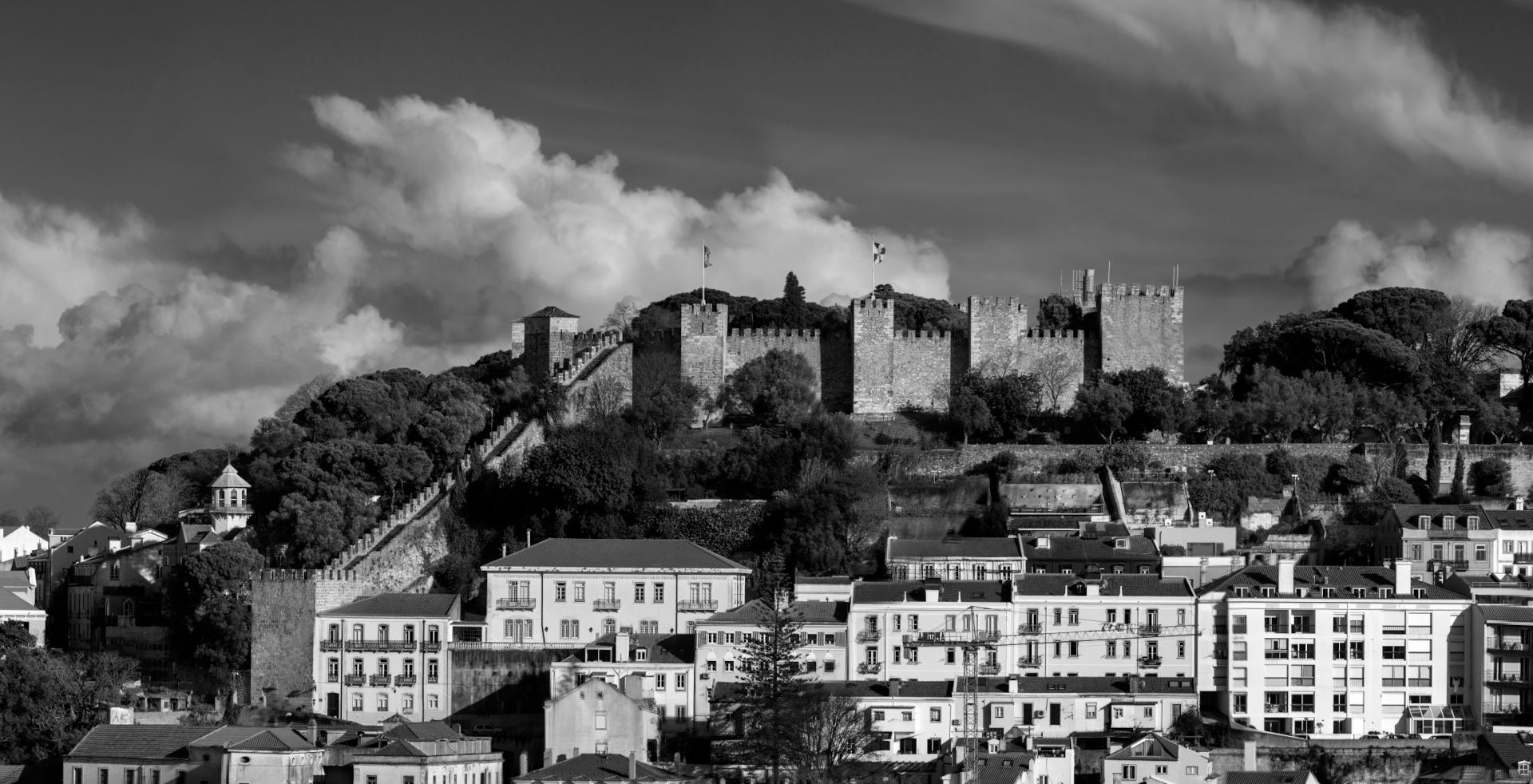Buildings which have disappeared
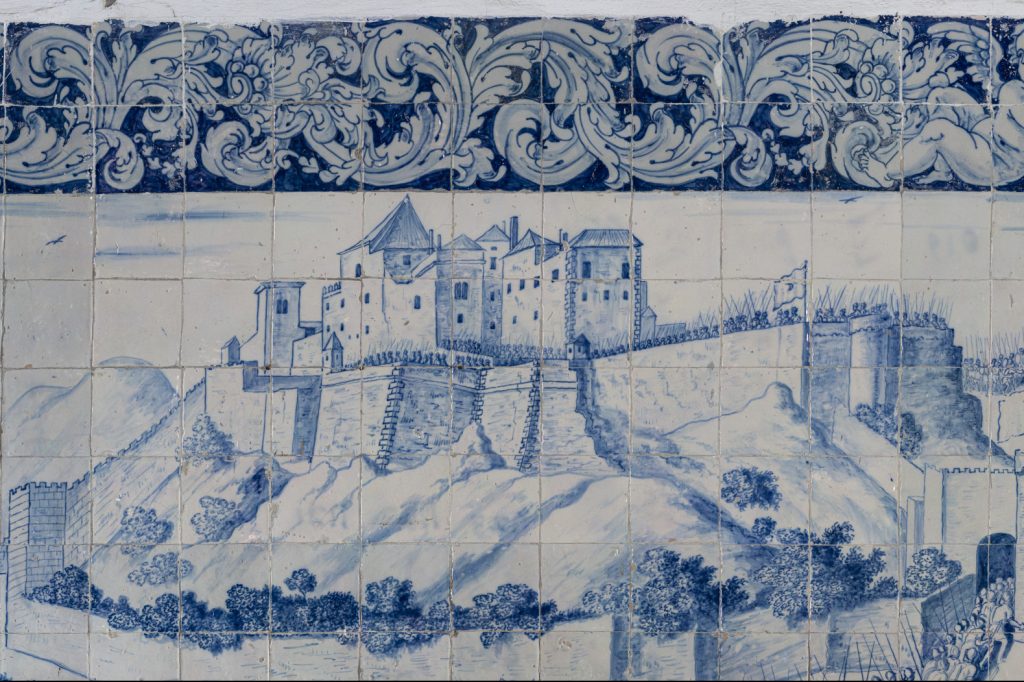
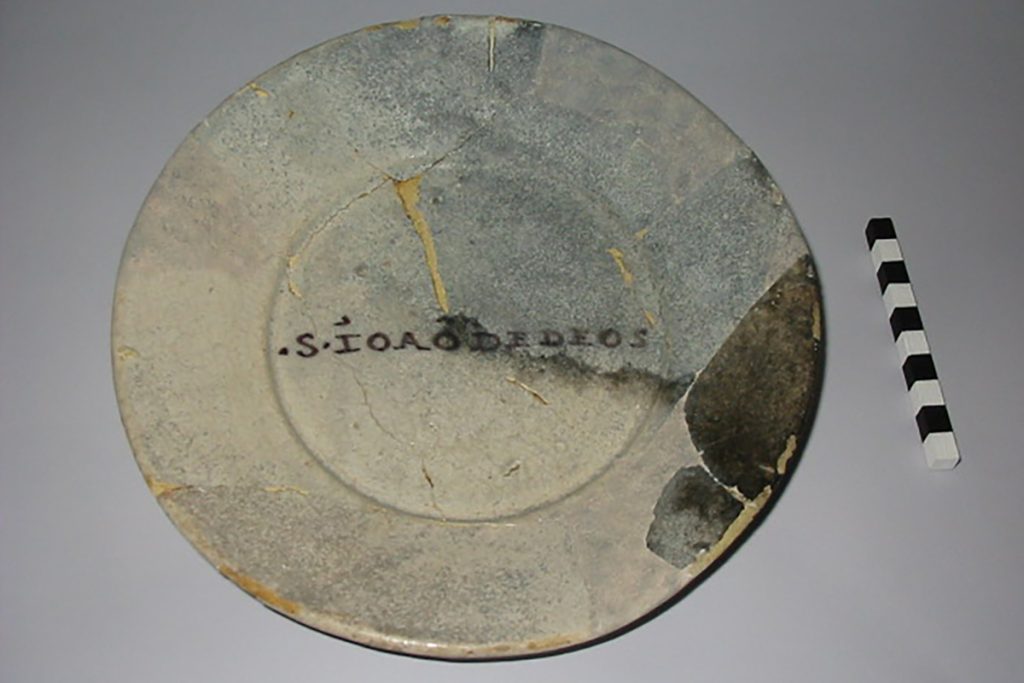
2020 © Castelo de São Jorge
Soldiers’ Hospital
The first reference to the existence of a soldiers’ hospital at the castle dates from 1587, during the period of Castilian domination. It became known variously as Hospital dos Soldados, Hospital de S. Filipe e Santiago and Hospital dos Castelhanos.
It was in 1641, during King John IV’s reign that the administration and organisation of the royal military hospitals was granted to the Hospitaller Order of Saint John of God. However, the Brothers Hospitallers of Saint John of God had been associated with hospital care at castle since the final decades of the 1500s.
Although the building no longer exists, its foundations were identified during archaeological excavations and you can now see some of its structures in the area adjacent to the current Porta de S. Jorge, next to the pavilion of the Caminho de Ronda, between Rua do Recolhimento and the fortress wall overlooking Chão da Feira.
It was common for healthcare buildings to be located in the area of the city close to the fortifications, as is the case with the hospital at the castle.
The building was modified and extended on various occasions. The building was modified and extended on various occasions. Documents reveal (sometimes supported by archaeology) that this was a healthcare building
with infirmaries, a chapel, a necropolis (walled cemetery), an oratory, an apothecary, as well as facilities such as a kitchen, a cistern and latrines.
In 1716, the Royal Military Hospital of Nossa Senhora da Conceição, as it was called at that time, had 40 beds, making it one of the largest royal military hospitals in the country.
The earthquake of 1755 heralded its end. Amongst the rubble, burnt floors and cracked walls were found, as well as a series of hospital objects, some deformed by the fire, which are on display in the
Museum Centre. Amongst the many objects found, the collection of pipes imported from Holland and England are a highlight.
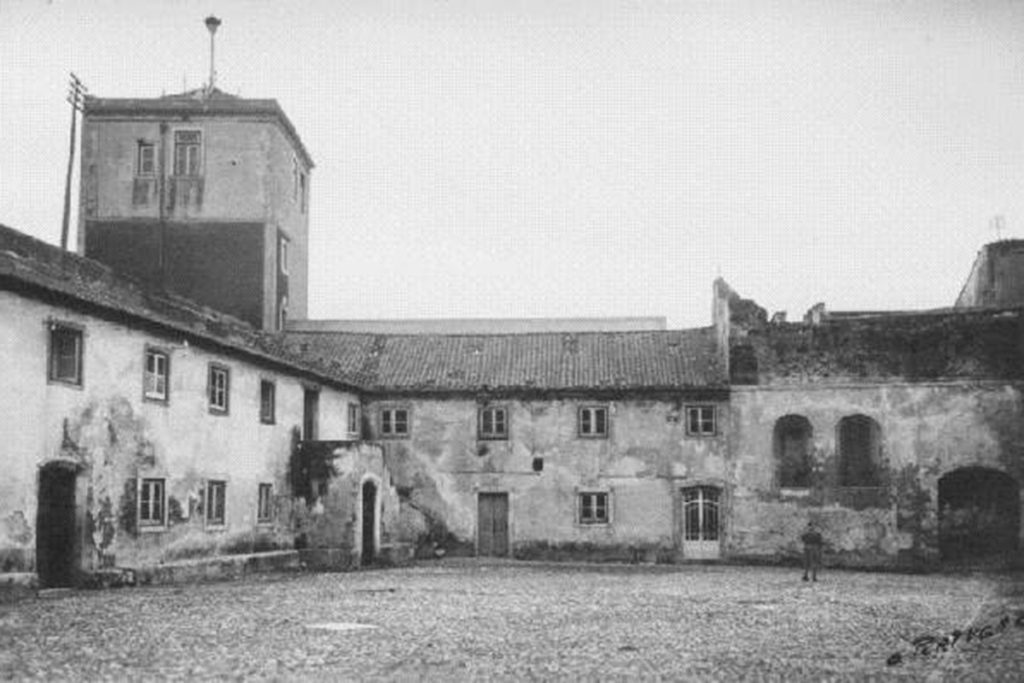
Eduardo. 1900-1958
O Quartel
The conversion of the buildings (Castle and Royal Palace) into a military base is believed to have begun in the period following the union of the kingdoms of Portugal and Spain in 1580.
It served as a military settlement for the troops commanded by the Duke of Alba, Dom Fernando Álvarez de Toledo y Pimentel. The correspondence exchanged between him and King Philip II is vast, discussing various aspects of the military base at the castle and the protection that should be given to the Kingdom documents kept in the Torre do Tombo.
It is unknown, however, what the architecture of this military complex would have looked like.
It was in the period following the 1755 earthquake that a large part of the space occupied by the medieval castle and
the ruins of the old Royal Palace was used for the new collection of buildings for the military base.
This set of buildings (which was demolished in 1938-40) housed various military units, with separate areas
for officers, enlisted ranks and soldiers and grander wings for superior officers. It also included a military jail, an inn, as well as sections for units in transit, material deposits and gunpowder magazines, training and parading areas, warehouses, kitchens and barracks, amongst others.
.
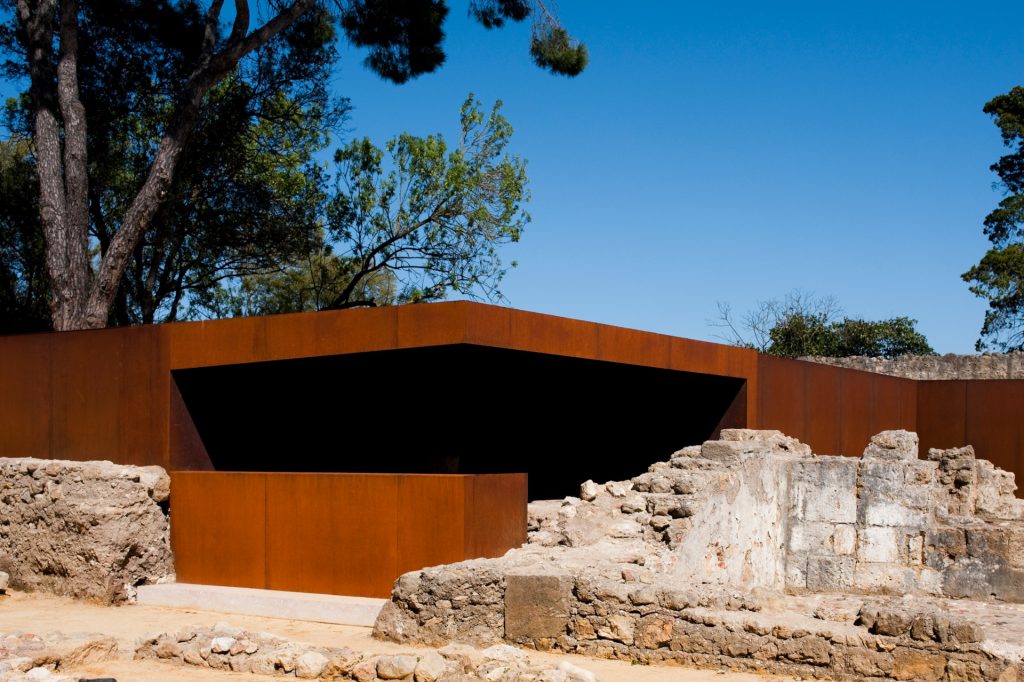
©Fernando Guerra
The Bishops’ Palace
The old episcopal palace was likely erected on top of buildings from the Islamic period.
King Afonso Henriques donated the lands to D. Gilberto, Bishop of Lisbon, after the conquest of Lisbon in 1147.
Over the centuries, the Bishops undertook building works that were not always universally popular. One such occasion occurred in 1439, when there was a falling out between the Archbishop Pedro de Noronha and the Lisbon City Council because of changes made to the palaces, which included appropriating castle walls and turrets next to the Moniz Gateway and thereby taking control of that important access road to the city. The Archbishop was forced to reverse the changes made.
The structures discovered by archaeologists identified as belonging to the Bishops’ Palace seem to correspond to a large building that underwent successive modifications throughout the 12th, 13th, 14th and 15th centuries. We cannot be sure if this was the Palace, nor was it possible to determine the building footprint or how it developed over time.
What is known is that in the 15th century, the Bishops’ Palace in the citadel consisted of several houses, both large small, with patios and orchards. In other words, a complex of buildings that occupied the easternmost area of the castle, adjacent to the Church of Santa Cruz do Castelo.
The oldest references to the palace of the Counts of Santiago de Beduído – a title bestowed by Afonso VI, in 1667, and attributed to the lords of the house of Sousa da Silva, aposentadores-mores* of the Royal House from the reign of John III until the reign
of Queen Mary) date back to the beginning of the 16th century.
It is at this time that the Bishops’ Palace became the residence of Isabel de Sousa da Silva, handmaid and chambermaid to the queen consort Isabel de Aragão e Castile, wife of King Manuel I.
Her half-brother, Rui de Sousa da Silva, nobleman at the court of Manuel I and adviser to D. João III, would also come to reside at the family palace, until his death in 1557.
His eldest son, Lourenço de Sousa da Silva, Commander of Santiago de Beduído of the Order of
Christ, was the family’s first aposentador-mor, with a letter confirmed by John III. The position remained in the family for eight generations, with the last aposentador-mor of the Sousa da Silva household being Nuno Aleixo de Sousa da Silva Meneses, 4th Count of Santiago de Beduído, who died in 1798.
1798.
From the early 16th century until the earthquake of 1755, the palace underwent several modifications, until it was completely destroyed by the fire that followed the earthquake.
